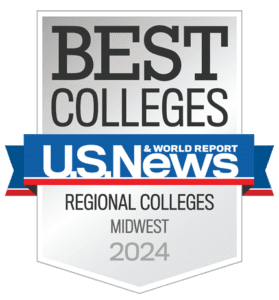The world
needs you
Adult Undergraduate Programs
Let’s move you forward.
The adult undergraduate programs at Trinity Christian College, located near Chicago, provide an ideal environment for adults who want to complete their bachelor’s degree or become a teacher. Trinity’s affordable tuition, accelerated classes and evening format are specifically designed for adult students.


Build a Strong Network
You create a community with your fellow students as you learn, building a strong, supportive network.
Reachable Goals
Program classes meet in the evenings, so you can continue working full-time and finish your degree.
CONVENIENT
We understand that your life is filled with family, work, and other commitments. That is why our adult undergraduate programs are made for you. Our classes meet once or twice a week, in the evening, at our conveniently located Palos Heights campus.
ACCELERATED
In our accelerated degree program for working adults, classes meet 1-2 nights a week. Whether taking courses online or in person, Trinity’s program is designed to help you reach your goals.
COMMUNITY
You’ll get to know the students in your classes, giving you a strong sense of belonging and community.
